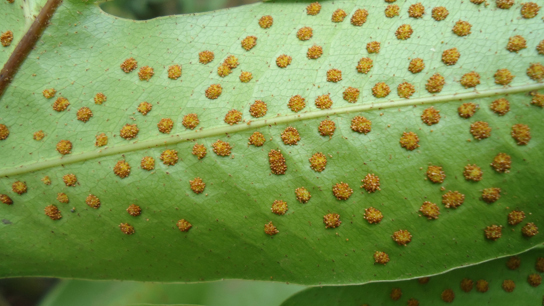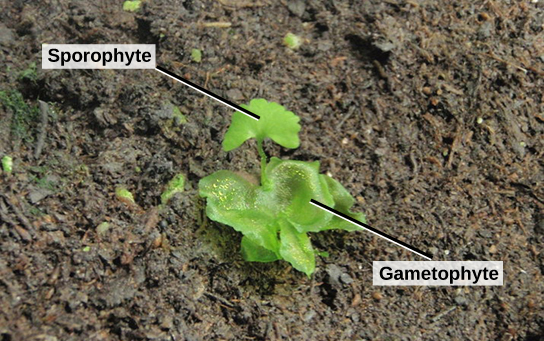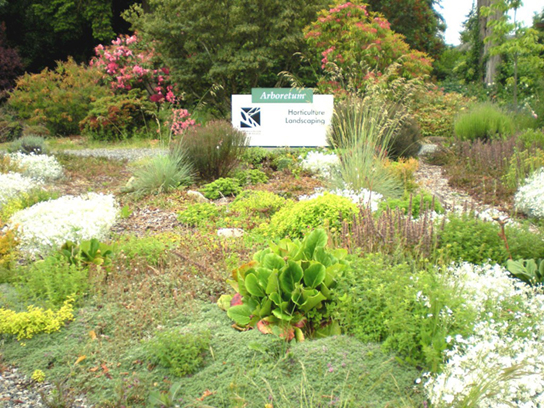| << Chapter < Page | Chapter >> Page > |

Inside the sori, spores are produced by meiosis and released into the air. Those that land on a suitable substrate germinate and form a heart-shaped gametophyte, which is attached to the ground by thin filamentous rhizoids ( [link] ).

The inconspicuous gametophyte harbors both sex gametangia. Flagellated sperm released from the antheridium swim on a wet surface to the archegonium, where the egg is fertilized. The newly formed zygote grows into a sporophyte that emerges from the gametophyte and grows by mitosis into the next generation sporophyte.
A landscape designer will plan traditional public spaces—such as botanical gardens, parks, college campuses, gardens, and larger developments—as well as natural areas and private gardens. The restoration of natural places encroached on by human intervention, such as wetlands, also requires the expertise of a landscape designer.
With such an array of necessary skills, a landscape designer’s education includes a solid background in botany, soil science, plant pathology, entomology, and horticulture. Coursework in architecture and design software is also required for the completion of the degree. The successful design of a landscape rests on an extensive knowledge of plant growth requirements, such as light and shade, moisture levels, compatibility of different species, and susceptibility to pathogens and pests. Mosses and ferns will thrive in a shaded area, where fountains provide moisture; cacti, on the other hand, would not fare well in that environment. The future growth of individual plants must be taken into account, to avoid crowding and competition for light and nutrients. The appearance of the space over time is also of concern. Shapes, colors, and biology must be balanced for a well-maintained and sustainable green space. Art, architecture, and biology blend in a beautifully designed and implemented landscape.


Notification Switch
Would you like to follow the 'Bio 351 university of texas' conversation and receive update notifications?